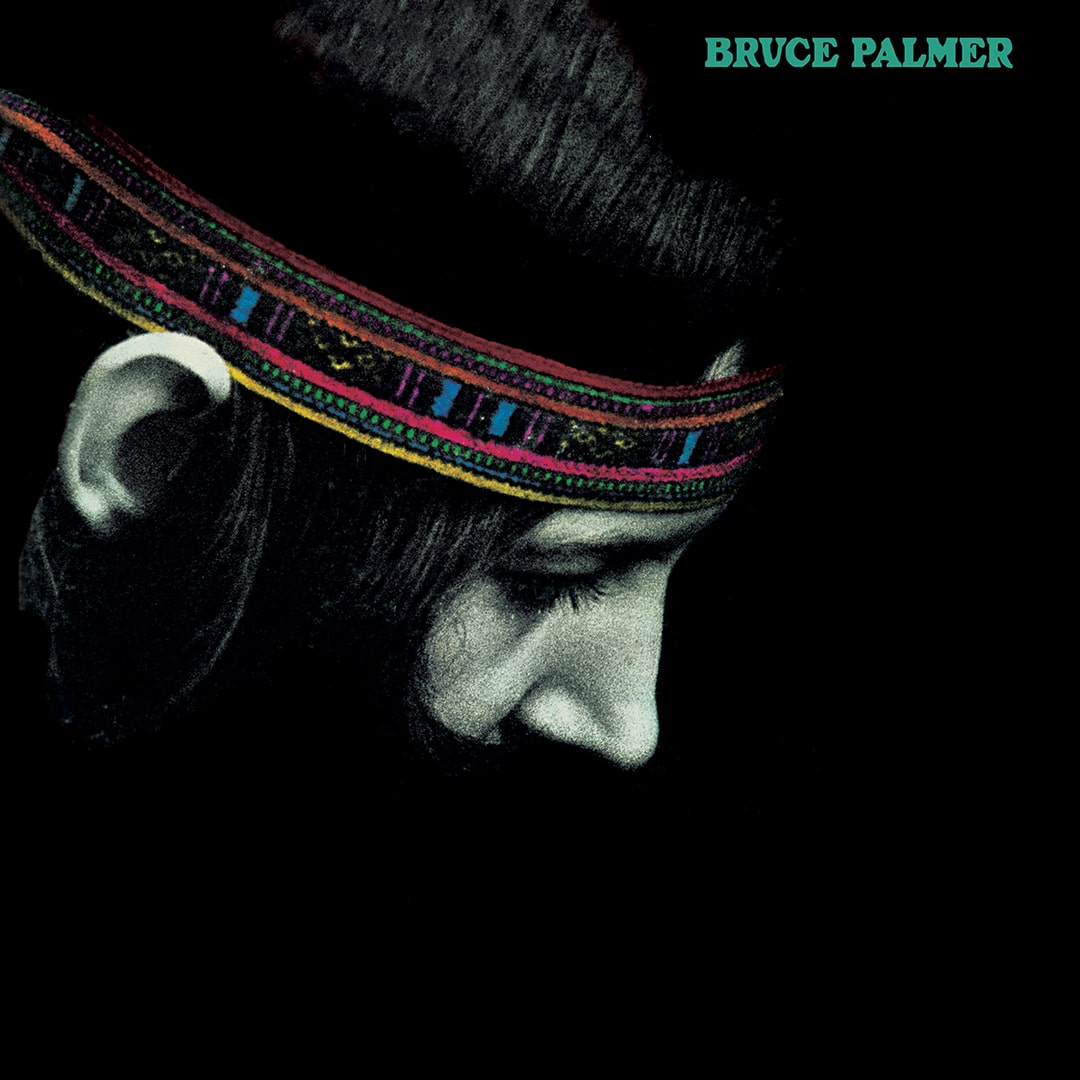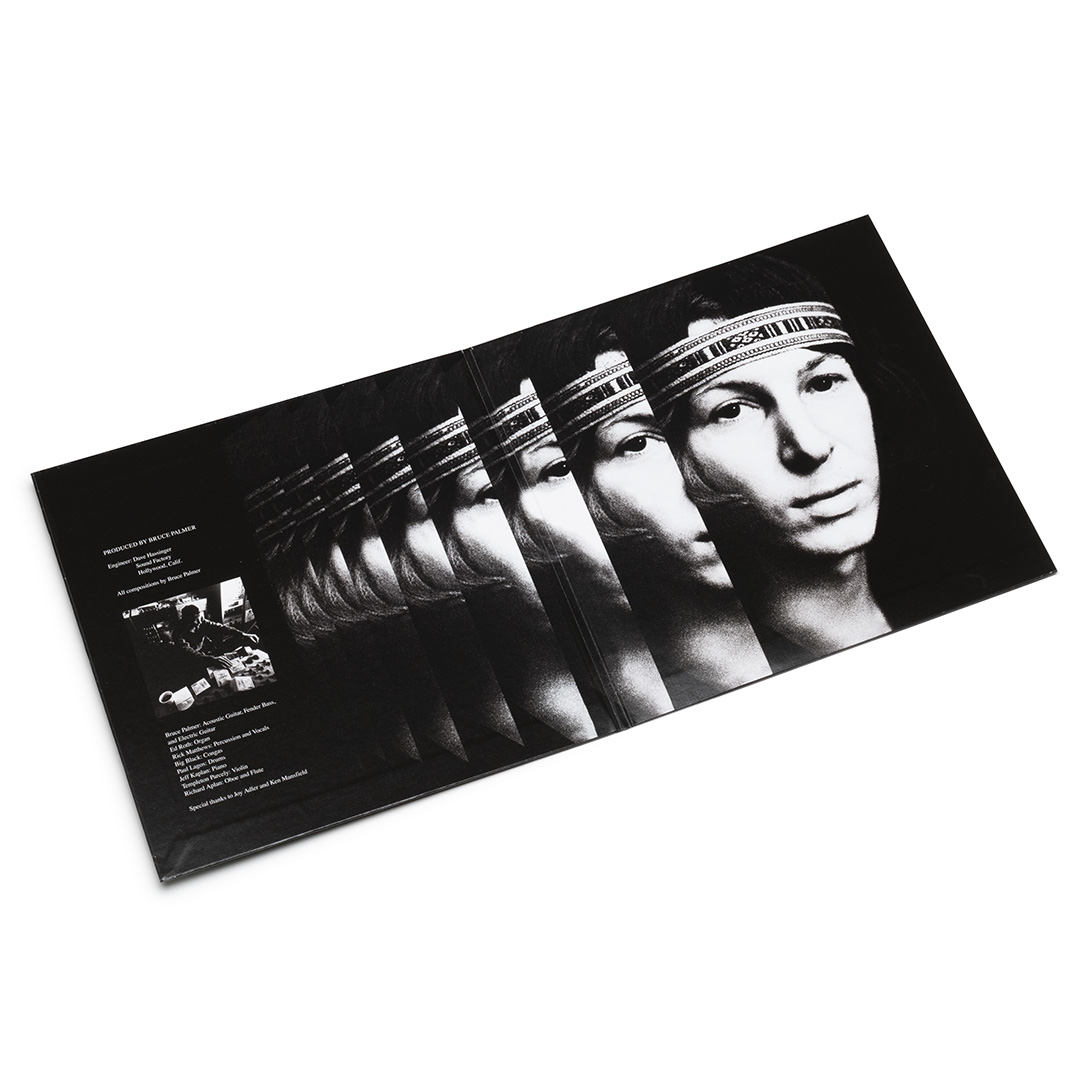Bruce Palmer / The Cycle Is Complete (Vinyl LP)
26,90€
Out of stock
Description
Vinyl LP / Reissue – Gatefold cover
Recorded at Sound Factory, Hollywood, California.
Originally issued on Verve in 1971
1970-USA
Format: Vinyl LP
#Ref: AK 269
Release date: 2003
Release notes
LINER NOTES FOR BRUCE PALMER’S THE CYCLE IS COMPLETE
By Richie Unterberger
At the end of the 1960s, the rock landscape was changing so radically, in manners so counter to the way things had been done just a few years previously, that many albums found their way to major label release that could have never been given the green light in any other era. One of the strangest of those is Bruce Palmer’s The Cycle Is Complete, the sole solo album by Buffalo Springfield’s original bass player. The record was nothing if not uncompromising, consisting of four largely instrumental, improvised-sounding psychedelic-jazz-world fusion pieces that bore little relation to conventional rock music, or even to conventional structured songs.
Though the LP marked Palmer’s first recorded venture as frontman, he had been in bands since the early 1960s, when he joined the Swinging Doors in Toronto. In the mid-1960s he was in the British Invasion-like combo Jack London & the Sparrows, leaving before the release of their first single to join the Mynah Birds. Fronted by singer Ricky James Matthews, the Mynah Birds eventually recruited a young Neil Young as guitarist in early 1966. The group got a contract with Motown and cut some unreleased tracks for the label in Detroit. But the sessions came to an end — as did the Mynah Birds — when Matthews was discovered to be AWOL from the American navy. That was hardly the last to be heard from Matthews, however; he would resurface in the late 1970s as funk superstar Rick James, and long before that would play an unheralded role on Palmer’s solo album.
Palmer and Young, in one of rock’s most famous and romantic legends, set off to Los Angeles in Young’s Hearse to try and find Young’s friend Stephen Stills to start a band. They had no address for Stephen, but against incredible odds they found him when Stills and Richie Furay passed the Hearse going in the opposite direction on Sunset Boulevard in Hollywood. With the addition of drummer Dewey Martin, the musicians formed Buffalo Springfield, one of the greatest bands of the 1960s. Although Palmer didn’t sing or write any of the group’s material, his smoking, innovative bass lines were vital to the band’s power, and his back-to-the-audience stage posture added some enigmatic mystery to the act’s image.
Palmer’s stint in the Springfield, however, was stormy, as was the group’s entire career. He was busted for pot in early 1967 and deported back to Canada for a few months. While he managed to get back into the States and rejoin the band for the last half of ’67, another bust in early ’68 instigated his final exit from the group, to be replaced by Jim Messina. He was considered for the bass slot in Crosby, Stills, Nash & Young the following year, but rehearsals didn’t pan out, although he does play on two tracks that surfaced on the CSNY box set in the early 1990s. That left him free to record his off-the-wall solo album for MGM.
“MGM approached me, [producer] Don Hall and [MGM executive] Michael Curb, to do an album,” Palmer remembered in John Einarson and Richie Furay’s There’s Something Happening Here: The Story of Buffalo Springfield: For What It’s Worth. “I went in and did a demo for them. It was the first time I had written or sang a song in my life. I wrote it the night before. So I went in, did the song, played several instruments so it sounded like a band, they loved it, signed a contract, and I went in and did two and [a] half hours of instrumental music with Rick James and seven or eight other people. It was spontaneous music, over two hours long so I had to edit it down to 45 minutes.”
James, still going by the name Rick Matthews, added percussion and sings-scats here and there, sounding like a cross between Stephen Stills and Stevie Winwood when he breaks into stream-of-consciousness vocalese on “Oxo.” The rest of the backing crew included organist Ed Roth; conga player Big Black (aka Danny Ray), a jazzman who’d done a few albums on his own; and four members of the fine folk-rock-psychedelic-world fusion band Kaleidoscope, then in their dying days. Only one of the four, violinist Chester Crill, had been in Kaleidoscope’s first lineup; the others were drummer Paul Lagos, pianist Jeff Kaplan, and flute/oboe player Richard Aplan (aka Richard Aplanalp).
Kaleidoscope had just worked with Hall on the soundtrack to Zabriskie Point, also issued on MGM, on which Hall (a DJ on pioneering Los Angeles FM rock station KPPC) had been music coordinator. As Crill (who played on The Cycle Is Complete under one of his several outrageous pseudonyms, Templeton Parcely) explains, the quartet of Kaleidoscopers had been engaged to work on three projects at the same time. One was Palmer’s record; one was an even more obscure LP by singer-songwriter Curt Newbury, Half a Month of May Days (on which James/Matthews also appeared, and which Hall also produced); and the other was a solo album by Big Black, which Crill isn’t even sure was released.
To Crill’s recollection, “The basic tracks were Bruce, Kaplan, and drums. I think Kaplan kind of helped him chart it all out, ’cause I think it wasn’t everybody playing together. It wasn’t live. Everybody heard those cuts, just with guitar and maybe a little piano, and then they layered it over a couple hours, one at a time. Everybody got one take.
“If Kaplan show[ed] up on a session in those days, it was to try to make some sense out of it, ’cause he was a musicologist type. He would listen to something raw, and could write it up right away and kind of lead people in some kind of a way. It took a long time to get something out of it. There were like 900 layers on it. When I left, they had just gotten through doing two entire tracks on two of those really long ones of Aplanalp doing two oboe parts. By then, it was like chocolate mud.”
When the album was finished, Palmer added in There’s Something Happening Here: The Story of Buffalo Springfield: For What It’s Worth, “I handed it to them [MGM] and they dropped their drawers. I gave them what I thought music was all about, not what they thought music was all about. That was what I intended to do. They released it and I retired. I had a laugh at the industry’s expense. I did that album and just had enough of the music business. I was seeing my friends turning into beets. Is this what I want to do? Is this what happened to music?”
The record must have sold little upon its release in 1971, judging from how impossible it is to turn up an original, though Lester Bangs did find time to pan it in Rolling Stone as “long, long jams in a kind of limp noodle middling Eastern-Space vein, like a DMT hangover from the psychedelic era.” His laugh at the industry’s expense complete, Palmer made good on his promise to retire from the music scene, although he did play live with Neil Young briefly in the early 1980s (also appearing on Young’s Trans album), and formed the tribute band Buffalo Springfield Revisited in the mid-1980s. — Richie Unterberger
Tracklisting
A1 Alpha – Omega – Apocalypse 16:45
A2 Interlude 1:55
B1 Oxo 8:00
B2 Calm Before The Storm 10:12
Line-up
Bruce Palmer: acoustic guitar, fender bass, electric guitar
Big Black: congas
Rick Matthews: percussion, vocals
Paul Lagos: drums
Jeff Kaplan: piano
Richard Aplan: oboe, flute
Ed Roth: organ
Templeton Parcely: violin
Audio | Video
Dig It Too !
- Add to cart Out Of Stock
- Add to cart Out Of Stock
- Add to cart Out Of Stock










